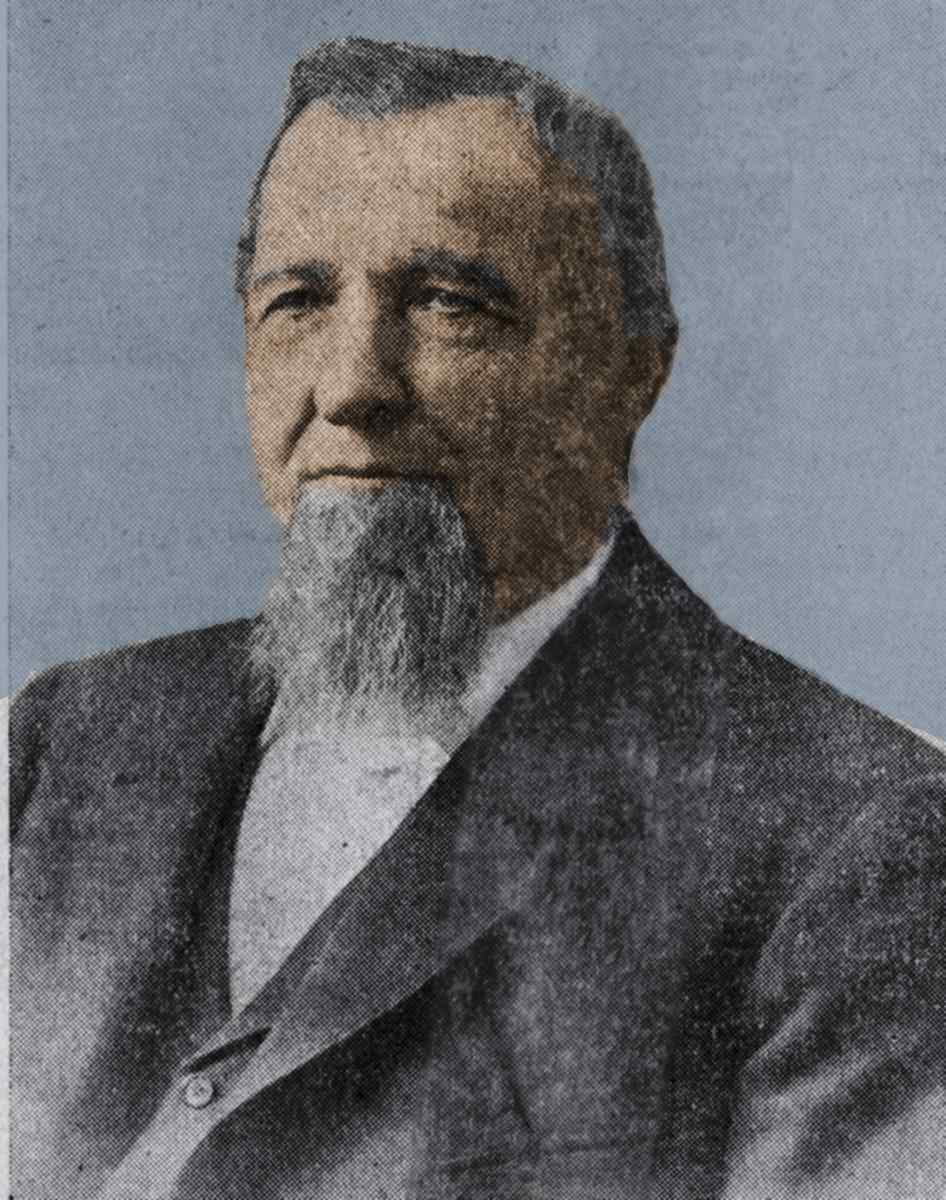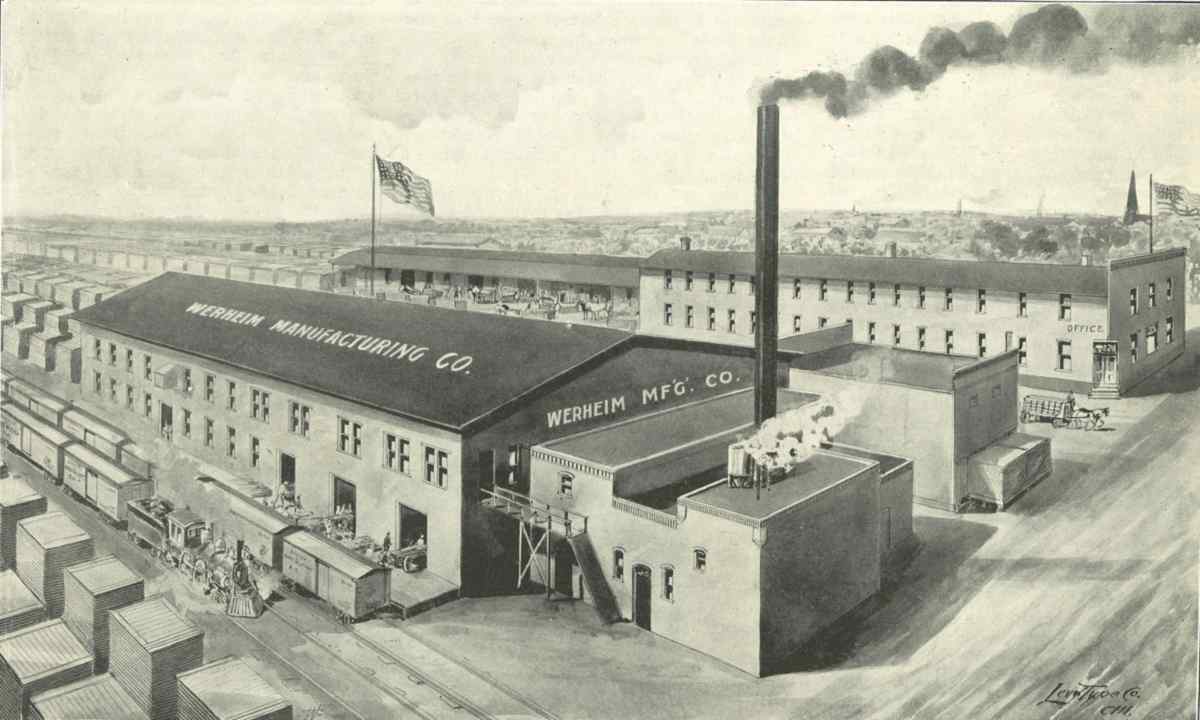Werheim Manufacturing Company
The Werheim Manufacturing Company
The early window manufacturers of Marathon County were part of a larger trend in the economy of the new County. Lumber had attracted the early settlers to pioneering communities along the Bull Falls, but within a few decades of growth, the mills and lumber camps had started to shift towards a more sophisticated type of industry; manufacturing. The partnership of two early pioneers, George Werheim and August Kickbusch, led to a modest company to produce building supplies (doors, sashes, cabinetry, siding, etc.) from the lumber of the Pinery--initially to supply the steady growth in the towns and cities of the region.
The Werheim Manufacturing Company would be among the first and longest lasting wood window companies in Marathon County. Over the years it changed ownership and its name (from the Werheim Mfg Company to the J.M Kuebler Company, and finally to Marathon Mill Work),
George Werheim
In 1855, George Werheim arrived in the young settlement of Wausau to work as a carpenter and joiner. He had immigrated from the German city of Darmstadt to the United States in 1852, and lived and worked in New York and Chicago before settling in Wisconsin.

^ George Werheim (1834-1925). Portrait restored and colorized from his obituary.
In Wausau, Werheim quickly became well known for his ability and accuracy in joining frames (a difficult job), and developed the “reputation [that] his frames always fitted.” He was also a trusted member of the community, and contributed to the early growth of the community through political service as well, serving terms as Wausau city treasurer, village trustee, alderman, undersheriff, and two terms as assemblyman.1
Werheim's reputation for hard work and trustworthiness, combined with his experience in carpentry and construction led him into business with Frederick Kickbusch in 1872, who was just getting out of the business of cutting down lumber, and wanted to get into the business of making things out of it.
This venture, the Kickbusch-Werheim Company, was the area’s first sash, door, and blind factory in Wausau. The plant was located along the river (like much of the industry in Wausau) on what was then the northern end of First Street. In those early days, builders would work directly with the companies to produce the products they needed for a specific building project, unlike window companies of later years which produced a set number of standardized window models.
In 1880, after 8 years of working together, Kickbusch bought out Werheim’s interest in the factory. Unfortunately Kickbusch’s factory burned in a fire 1881 without insurance, and Kickbusch decided to rebuild as a flour and feed mill instead of continuing in the door and sash business.

^ An illustration showing the Werheim Mfg Company, depicted in the book Wausau in 1900.
Werheim set out on his own and started the Werheim Manufacturing Company, on the 1000 block of Third Street.2
The following year saw the arrival of C.S. Curtis to establish a sash factory that would became the leading sash and door producer in Wausau. But Werheim continued to be a respected and successfu locall business. By the early 1900s, the Werheim Manufacturing Company was considered “the leader in specialist in interior finish.”3

^ Employees of the Werheim Manufacturing Company from the early 1900s.
In 1912, Werheim retired after forty years as a factory owner in the industry he helped to create. Although his son Philip Werheim had been involved in the business, he did not want to continue the company, and George Werheim instead sold his factory to another sash and door man, named John M. Kuebler.
Sources
1. "Geo. Werheim Dies, Age of 91" Wausau Record Herald (28 August 1925), 1.
2. This appears to have been with the investment of the Schofield lumberman C.P. Haseltine. The book Wausau in 1900, indicates that Hazeltine was an integral part of founding the Werheim's factory. At least until a fire burned down the factory in 1874, after which Hazeltine declined to reinvest. But this appears to be a conflation of Hazeltine with Kickbusch (who does not appear at all in the Wausau in 1900 history of the factory), and moving the fire back six years. Directories list Hazeltine as still associated with the Werheim factory in 1883, and not separate until 1886.
3. Mary Jane Hettinga, “Kuebler family known for civic mindedness,” Wausau Daily Herald (27 November 2001), 13.

